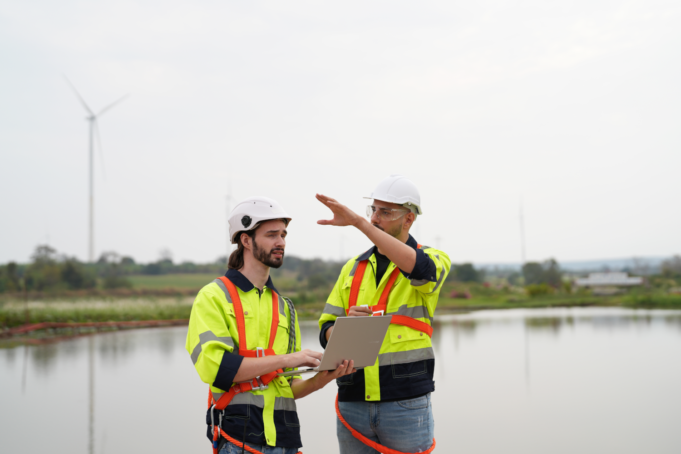Water treatment professionals have a vital role in addressing the pressing concerns surrounding the nation’s deteriorating water infrastructure. Hidden beneath the urban landscape, a significant portion of this infrastructure is nearing the end of its service life, necessitating urgent attention to avert a crisis. The deterioration of these systems has resulted in numerous problems.
According to the American Society of Civil Engineers (ASCE), the United States needs to invest $743 billion in water infrastructure over the next decade to meet current and future needs, saying in a 2022 statement “Without significant investment, the nation risks losing the environmental, public health, and economic gains made over the last 40 years.”
Much of the United States’ water infrastructure was constructed in two primary waves: first, in the early to mid-20th century to accommodate growing urban populations, and then in the post-World War II era, during a period of significant suburban expansion and economic growth. These systems, now several decades old, were designed with a service life that is now reaching or has surpassed its end. This has led to a host of problems, including increased frequency of water main breaks, lead leaching from old pipes into drinking water, and inefficiencies in water treatment and distribution that can result in the loss of billions of gallons of water each year.
So, what can be done?
Addressing the decrepit state of the water infrastructure necessitates a three-pronged strategy. Primarily, there’s a need for substantial investments in the repair and replacement of outdated systems, a move that promises to enhance water quality and mitigate risks associated with leaks and other infrastructure failures. Meanwhile, there is a surge in developing cutting-edge technologies that promise to revolutionize the water treatment and distribution sectors. Innovations such as smart water meters are pivotal in the early detection of leaks, significantly curtailing water waste. Finally, and perhaps most importantly, a concerted effort must be made to educate the public on the critical nature of our water infrastructure. Raising awareness about the potential consequences of neglect could foster broader community support like, for example, the passionate response of the public to Flint’s Lead Pipe Crisis or the failure of the Jackson, Mississippi water treatment plant.
In the capacity of guardians of public health, those in the water treatment profession bear a significant responsibility. It is up to you to lead the charge in advocating for substantial investments in water infrastructure renewal. By doing so, we can ensure the provision of safe, reliable water services, which is fundamental to the health and well-being of our communities.
Sources: ASCE, The Nation





